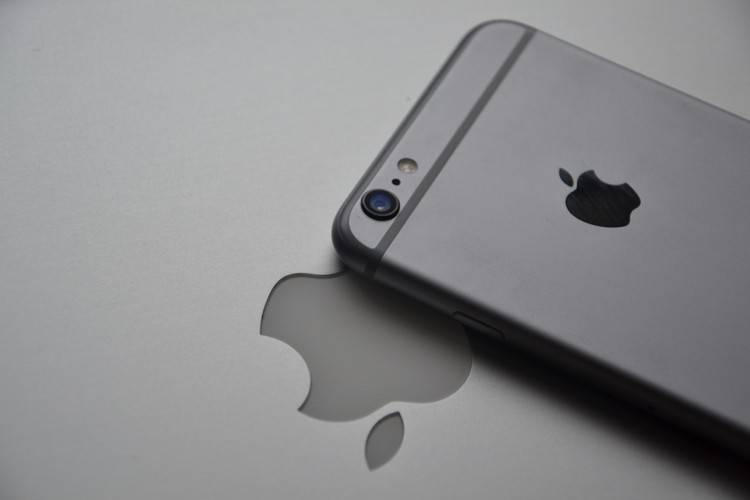杏仁的营养价值与作用
Locking your screen on an iPhone is an essential step for ensuring the security and privacy of your device. This article will provide a detailed guide on how to lock your screen on an iPhone, as well as the importance of doing so.
Firstly, it is crucial to understand the significance of locking your screen on an iPhone. By doing so, you prevent unauthorized access to your device and ensure that your personal information remains private. Locking your screen also helps to conserve battery life, as it prevents the accidental pressing of buttons or swiping on the screen.
There are multiple ways to lock your screen on an iPhone. One of the most common methods is by pressing the power button on the side or top of the device. This button, also known as the sleep/wake button, allows you to instantly lock and unlock your screen. Additionally, you can enable the Auto-Lock feature, which automatically locks your screen after a certain period of inactivity. To enable this feature, go to "Settings," then "Display & Brightness," and select the desired time interval under "Auto-Lock."
Another way to lock your screen is by using the AssistiveTouch feature. AssistiveTouch is a virtual button that provides quick access to various actions and functions on your iPhone, including locking the screen. To enable AssistiveTouch, go to "Settings," then "Accessibility," and select "Touch." From there, you can turn on AssistiveTouch and customize its actions to include the lock screen function. Once enabled, you can access AssistiveTouch by tapping on the floating button and selecting "Device," followed by "Lock Screen."

Lastly, you can also lock your screen by enabling the Face ID or Touch ID feature, depending on your iPhone model. Face ID uses facial recognition technology, while Touch ID uses your fingerprint to securely unlock your device. To enable these features, go to "Settings," then "Face ID & Passcode" or "Touch ID & Passcode," and follow the prompts to set up and activate Face ID or Touch ID. Once enabled, your screen will automatically lock when it is not in use, and you can unlock it by simply looking at your device or placing your finger on the home button.
In conclusion, locking your screen on an iPhone is crucial for maintaining the security and privacy of your device. By following the methods outlined in this article, such as using the power button, enabling Auto-Lock, utilizing AssistiveTouch, or setting up Face ID or Touch ID, you can easily lock and unlock your screen. Remember to choose a method that suits your preferences and provides the highest level of security for your iPhone.
友情链接
